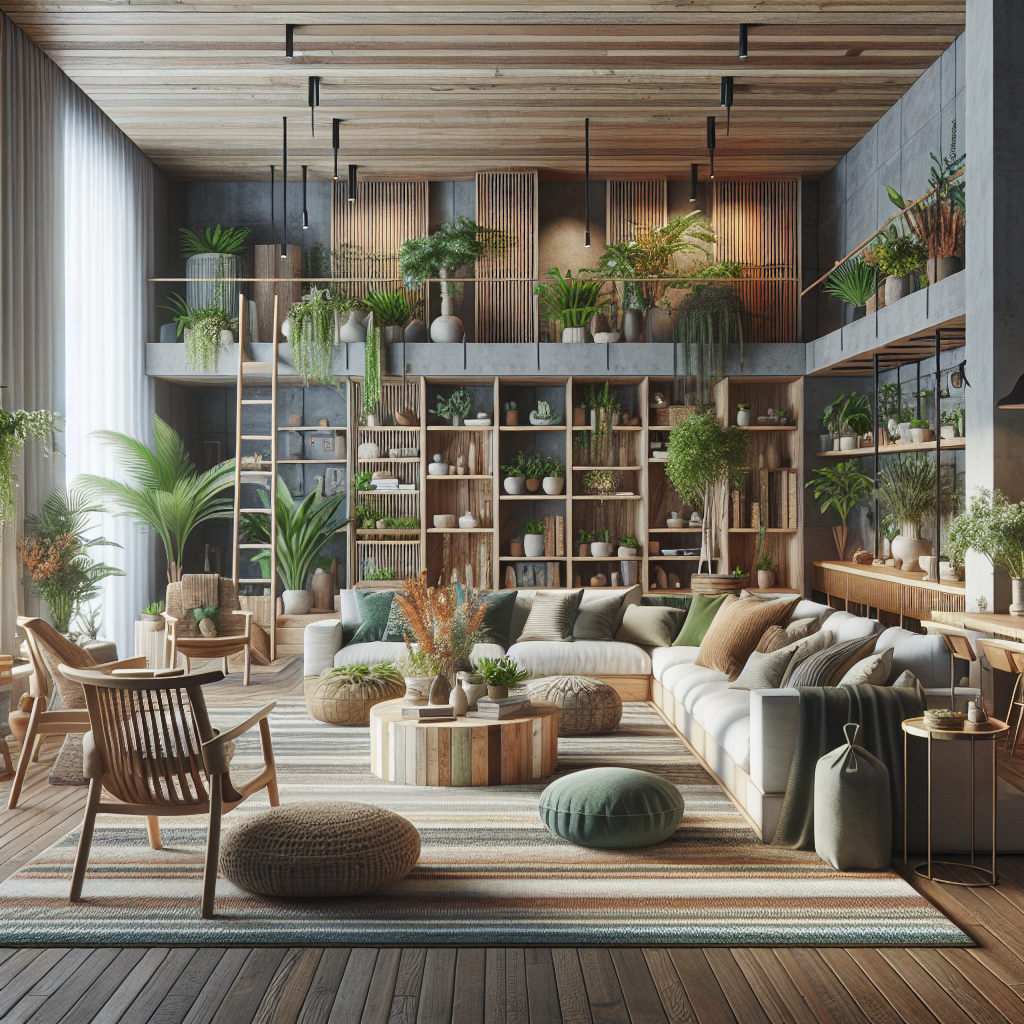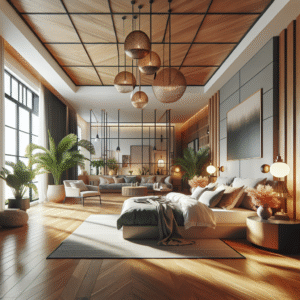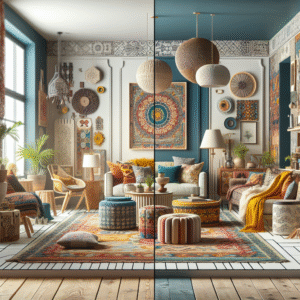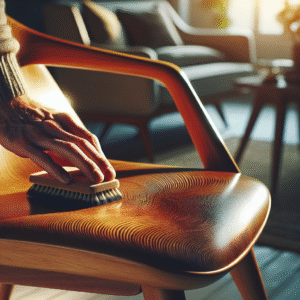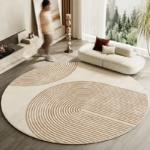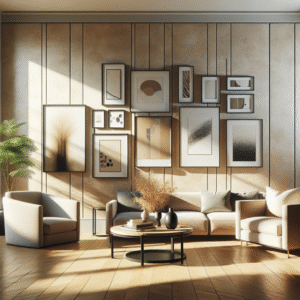Are you looking for ways to incorporate sustainable practices into your home? You’re not alone. With increasing environmental awareness, many homeowners are turning to reclaimed wood furniture design for sustainability. This eco-friendly approach offers a unique blend of style, history, and sustainability. In this article, we will explore the benefits of reclaimed wood, design ideas, and practical tips to help you create beautiful furniture that respects the planet. You’ll learn how to transform old materials into stunning pieces that tell a story, reduce waste, and save trees.
By the end of this comprehensive guide, you’ll grasp the essential principles of reclaimed wood furniture design and feel empowered to start your sustainable journey. Let’s delve into how you can make a tangible difference through your furniture choices.
1. Understanding Reclaimed Wood
1.1 What is Reclaimed Wood?
Reclaimed wood refers to timber salvaged from old buildings, furniture, or other structures. By reusing these materials, we can significantly reduce waste and the environmental impact associated with new lumber production.
1.2 Benefits of Using Reclaimed Wood
- Sustainability: Reduces the demand for new trees and minimizes deforestation.
- Durability: Often, reclaimed wood is from mature trees, making it more robust and longer-lasting.
- Character: Each piece of reclaimed wood has unique marks, colors, and textures, adding a one-of-a-kind character to your furniture.
- Cost-effective: Depending on the source, reclaimed wood can sometimes be cheaper than new wood.
2. Various Styles of Reclaimed Wood Furniture
2.1 Rustic Charm
Rustic design emphasizes natural textures and earthy tones. Reclaimed wood furniture embodies this style perfectly. Think of raw edges, simple lines, and a warm, inviting atmosphere.
2.2 Modern Minimalism
Integrating reclaimed wood into modern designs can create stunning contrasts. Opt for sleek lines combined with the warmth of wood to achieve a minimalistic yet cozy vibe.
2.3 Industrial Style
The industrial style often showcases raw materials, making reclaimed wood an ideal candidate. When paired with metal or concrete, reclaimed furniture can add depth to your space.
3. Designing with Reclaimed Wood
3.1 Choosing the Right Wood
Quality matters. Look for wood that’s free from chemicals and pests. You can often find reclaimed wood from old barns, warehouses, or ships.
3.2 DIY vs. Hiring a Professional
While DIY can be fulfilling, hiring an expert may ensure better quality and design. If you choose to DIY, start small with projects like shelves or side tables.
3.3 Creating Your Own Designs
Consider how the reclaimed wood’s history can influence your creation. Each dent tells a story. Design around this uniqueness by highlighting imperfections and using them creatively.
4. Practical Steps to Implement Reclaimed Wood Furniture in Your Home
4.1 Sourcing Reclaimed Wood
Reclaimed wood can be found online, at local salvage yards, or reclaimed lumber suppliers. Always inquire about its history to ensure it’s sourced sustainably.
4.2 Maintenance of Reclaimed Wood Furniture
Regular care can prolong the life of your furniture. Use natural oils or waxes to condition the wood and preserve its beauty.
4.3 Styling Tips
Mix and match with modern elements for a balanced look. Neutral colors and textures can enhance the rustic warmth of reclaimed wood.
5. Real-Life Inspirations: Case Studies
5.1 Homeowner Projects
Many homeowners are transforming their spaces. For instance, one family turned an old barn into a beautiful dining area filled with reclaimed wood furniture, balancing nostalgia with modern comfort.
5.2 Commercial Implementations
Restaurants and cafes often use reclaimed wood to create inviting atmospheres. A notable example is a coffee shop that curated its entire interior with repurposed materials, attracting customers with its unique charm.
6. Challenges and Considerations
6.1 Finding Quality Material
It can be challenging to ensure the quality and safety of reclaimed wood. Always inspect for pests and structural integrity before making a purchase.
6.2 Cost Considerations
While some reclaimed wood can be cheaper, others, especially with unique characteristics, may come at a premium price. Balance your budget with your design aspirations.
6.3 Environmental Impact
Prioritize sources that do not contribute to deforestation. Always verify the sustainability of your material sources.
FAQ
What is reclaimed wood furniture?
Reclaimed wood furniture is made from wood salvaged from old buildings or furniture, promoting sustainability by reusing materials that might otherwise go to waste.
Is reclaimed wood more expensive than new wood?
It varies. Some reclaimed woods can be cheaper, while others, especially unique pieces, may be more expensive than new wood.
How can I maintain reclaimed wood furniture?
Regularly clean with a damp cloth and use natural oils or waxes to keep the wood conditioned and protected.
Where can I buy reclaimed wood?
You can find reclaimed wood at local salvage yards, online marketplaces, or specialized reclaimed wood suppliers.
What styles can I achieve with reclaimed wood?
Reclaimed wood can fit into various styles, including rustic, modern minimalist, and industrial, depending on your design vision.
Conclusion
Embracing reclaimed wood furniture design for sustainability is a meaningful way to contribute to the environment while enjoying beautiful, unique pieces in your home. Incorporate the insights and tips discussed here to start your sustainable journey in furniture design today.
For further exploration, consider diving into DIY workshops or online courses to enhance your craftsmanship skills, and remember to check our related articles for more sustainable living ideas.
Content Disclaimer
The information provided in this article is for educational purposes only and should not be considered professional advice. Always consult experts regarding specific financial, health, or legal situations.
Categories
- Accent Walls & Ceilings (8)
- Art Curation & Gallery (25)
- Bedding Style Trends (42)
- Bedroom Makeover (28)
- Bohemian & Eclectic Styles (8)
- DIY & Budget-Friendly Decor (8)
- Eco-Friendly Design (8)
- Furniture Care (28)
- Home Decor & Design Ideas (101)
- Home Wellness Spaces (8)
- Integrated Outdoor Living (7)
- Kids and Nursery Decor (8)
- Living Room Decor (29)
- Minimalist & Japandi Style (11)
- Mix & Match Techniques (29)
- Modern & Contemporary Design (7)
- Rug Sizing & Placement (28)
- Seasonal Home Decor (30)
- Small Space Solutions (12)
- Wall Art & Painting Tips (30)
Recent Posts
Recent Comments
Archives
Product Gallery
-
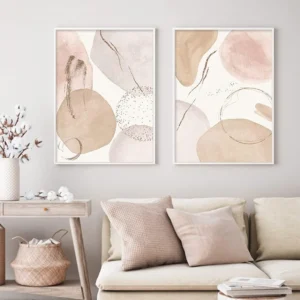 Abstract Bohemian Geometric Beige Poster Canvas Painting Wall Art Printing Picture Bedroom Living Room Home Decoration Picture
$3.79 – $21.95Price range: $3.79 through $21.95
Abstract Bohemian Geometric Beige Poster Canvas Painting Wall Art Printing Picture Bedroom Living Room Home Decoration Picture
$3.79 – $21.95Price range: $3.79 through $21.95
-
 Scandinavian Flower Canvas Posters Nordic Art Wall Painting Print Abstract Flowers Feather Decoration Picture for Living Room
$5.69 – $32.51Price range: $5.69 through $32.51
Scandinavian Flower Canvas Posters Nordic Art Wall Painting Print Abstract Flowers Feather Decoration Picture for Living Room
$5.69 – $32.51Price range: $5.69 through $32.51
-
 Abstract Native Indian riding Horse Figure Painting Canvas Posters and Prints Cuadros Art Wall Picture vintage room decor
$3.78 – $26.25Price range: $3.78 through $26.25
Abstract Native Indian riding Horse Figure Painting Canvas Posters and Prints Cuadros Art Wall Picture vintage room decor
$3.78 – $26.25Price range: $3.78 through $26.25

